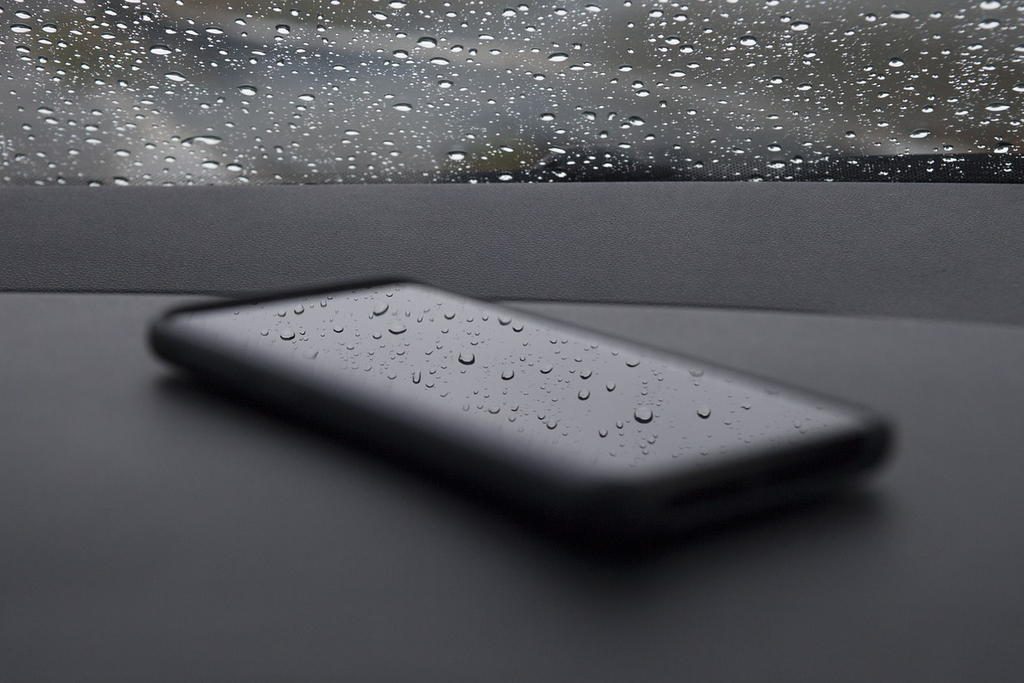However, for enterprising app developers who appreciate that they need to offer more to capture installs and active users by providing more interactive elements, the advent of weather mapping APIs is great news. By being willing to use weather information in their apps in creative ways, they open the doors to making their app stickier and repeatedly used. This provides more opportunities to capture eyeballs, get paying users through a premium app version or earn more via ad clicks.
What Are Weather Mapping APIs?
Weather mapping APIs provide accessible communication between a mobile app and a mapping database. By providing a fairly simple way to connect and access the necessary data, a mobile app coder can more easily set up their application to pull down data as needed. There’s no custom programming required to start from scratch and figure out how to get weather map data from a cloud computing platform, transmit it across the internet securely to the mobile app, and then display it. The API takes care of the heavy lifting and saves a huge amount of time for developers, so they don’t have to reinvent the wheel. Do you know? What is an API?
How Can Weather APIs Be Used?
A weather mapping API takes weather data and maps, like the ones from OpenStreetMap, and combines them. The weather conditions in a location from any date and time specified can be overlaid across the existing maps to create a useful visual representation of the weather conditions in that area. Using the Aeris Weather API for the energy industry as an example, extreme weather conditions can be captured and included in an app used by a construction company or one that clears trees that are blocking the road following a severe storm in the area. Being able to track business assets on the road in relation to local weather conditions is useful too, and companies can get apps developed to provide better information for their drivers.
Are Maps Interactive?
The maps that are usable in a mobile app like Android or iOS are entirely interactive. While a static version is possible, most developers will opt for the interactive version where the user can start with a local map for their area based on the GPS on their mobile device and then move the map around with their finger. Using the draggable feature on the weather maps, people can track where they are now and the route they’re traveling to get a better sense of the weather to expect on the road. They can also plan a trip for later in the day if they haven’t set off yet, possibly avoiding a county or state that looks like it’s getting pummeled hard with bad weather that day. For mobile app developers, being able to easily add in new features like a weather map is another element that can maintain users’ interest. It also keeps their app one step ahead of their nearest rival too.
